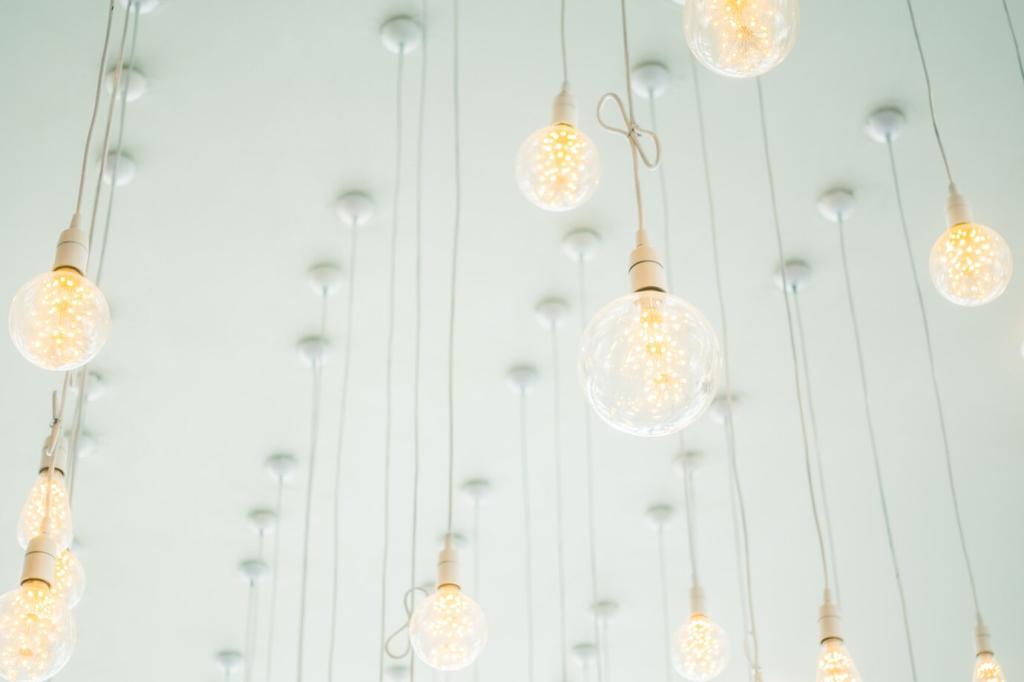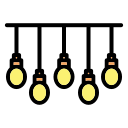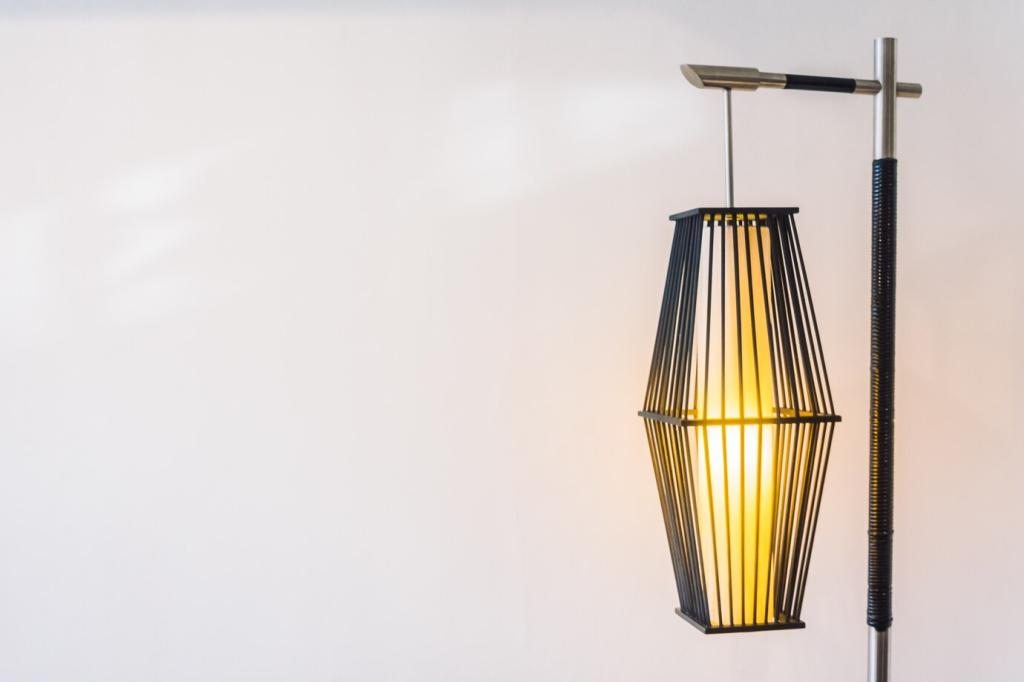
Energy-Efficient LED Lighting for Modern Interiors
Energy-efficient LED lighting has revolutionized the way we illuminate modern interiors, offering both stylish solutions and environmental benefits. With the evolution of design trends and the growing emphasis on sustainability, LED lights have become a cornerstone in contemporary homes, offices, and commercial spaces. Their ability to blend seamlessly with diverse décor styles while reducing energy consumption makes them a compelling option for anyone looking to upgrade their lighting systems. This page delves deep into how LED lighting merges innovation, aesthetics, and efficiency for today’s modern interiors.
Why Choose LED Lighting for Modern Interiors
Energy Efficiency and Cost Savings
LED lighting stands out due to its impressive energy savings compared to traditional incandescent and fluorescent options. LEDs use up to 80% less energy to produce the same amount of light, translating into noticeable reductions in electricity bills over time. This efficiency is not limited to large-scale installations—even replacing a few standard bulbs with LED alternatives in a residential setting can quickly add up to substantial long-term savings. Since LEDs convert most of their energy into light rather than heat, they also help keep indoor spaces cooler, reducing the reliance on air conditioning and further contributing to energy conservation.
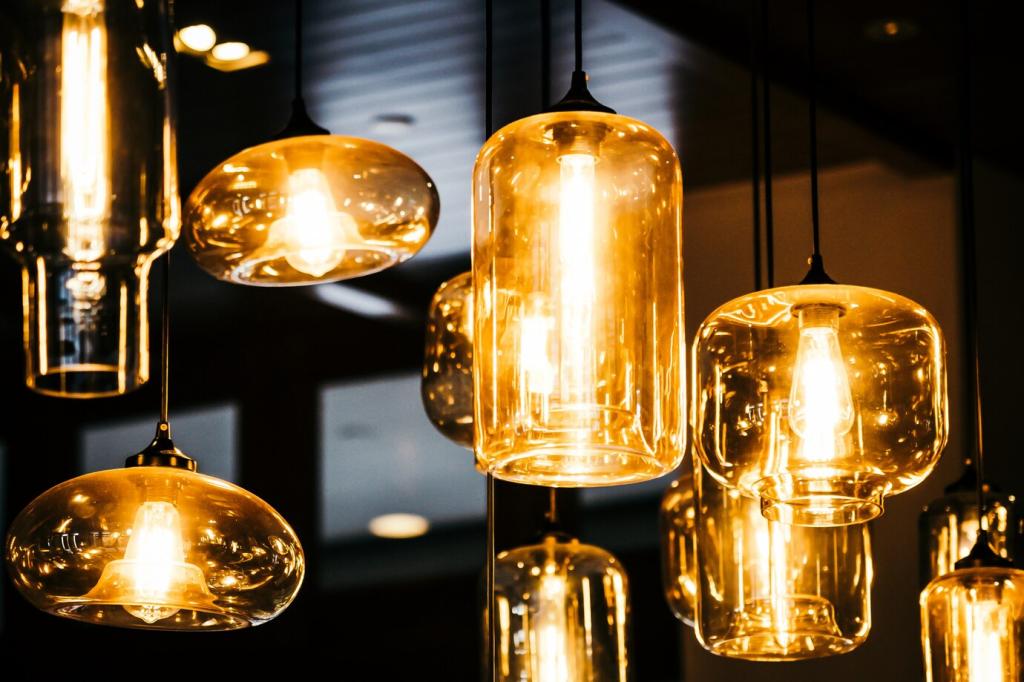
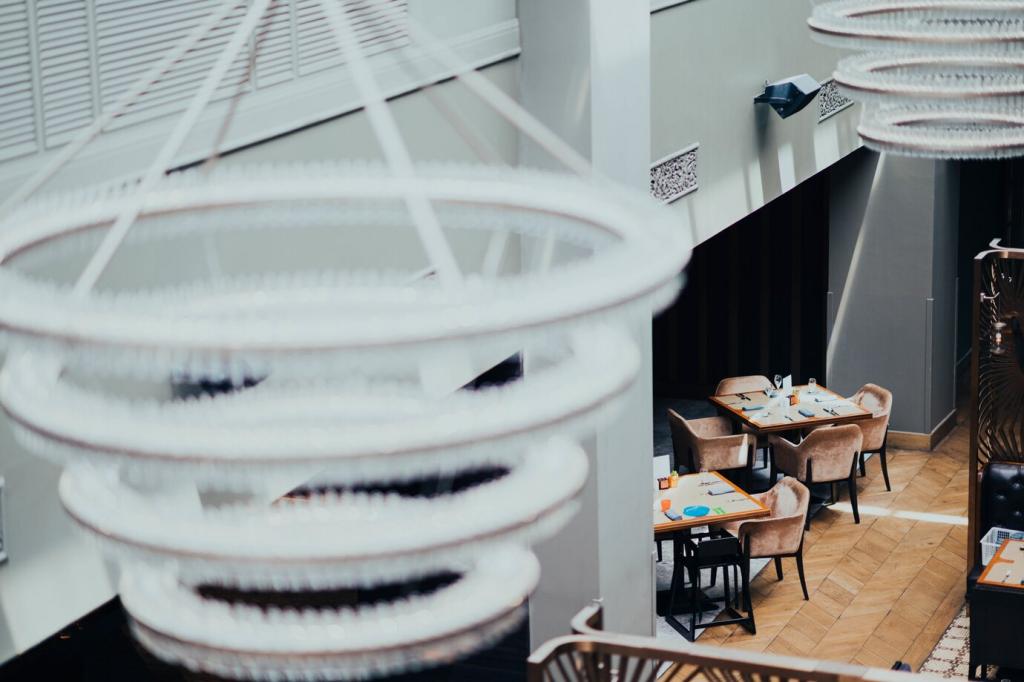
Enhancing Aesthetic Flexibility
One of the defining advantages of LED lighting for modern interiors is its ability to adapt to a wide variety of design schemes. With LEDs available in an array of color temperatures, brightness levels, and form factors—such as strips, panels, and smart bulbs—designers and homeowners are free to experiment with creative lighting concepts. Whether aiming for subtle accent lighting to highlight architectural features, task-oriented illumination in workspaces, or ambient lighting for relaxation, LED technology provides the flexibility necessary to achieve the intended atmosphere. This adaptability ensures that the lighting works harmoniously with furniture, artwork, and other décor elements.
Design Considerations for LED Lighting
Color Temperature and Mood
The color temperature of LED lighting plays a crucial role in defining the mood and functionality of a space. Cool white LEDs are often preferred in kitchens and workspaces where clarity and concentration are important, while warm white tones create a cozy, inviting environment in living rooms and bedrooms. The versatility of LEDs allows homeowners to fine-tune lighting to their preferences, sometimes even providing the ability to change colors with smart controls. By carefully selecting the right color temperature, it becomes possible to influence how a room feels and functions throughout the day.
Lighting Placement and Layers
Effective use of LED lighting involves strategic placement to create layers of light within a room. Ambient lighting provides the overall illumination, task lighting focuses on specific areas like countertops or reading nooks, and accent lighting draws attention to art, architectural features, or display items. LEDs make it easy to implement these layers thanks to their compact size and directional capabilities. Through thoughtful layout and selection of fixture types, designers can sculpt interior spaces visually, accentuating desired elements and ensuring balanced light distribution throughout.
Integration with Smart Technologies
LED lighting is at the forefront of smart home and building technologies, allowing for effortless automation and customization. Many LED fixtures are now compatible with smart controllers, voice assistants, and mobile apps, empowering users to adjust brightness, color, and schedules to match daily routines or changing needs. The ability to remotely control lighting scenes or sync them with other smart devices enhances comfort, convenience, and security. Seamlessly blending smart LED technology into interior design opens up endless possibilities for innovation while maintaining energy efficiency.
Trends in LED Lighting for Modern Interiors
One of the prevailing trends in modern interiors is the use of minimalist LED lighting solutions, such as recessed fixtures and slimline panels. These options provide clean, uncluttered illumination that enhances architectural simplicity without drawing attention away from furniture or décor. Recessed LEDs, in particular, are well-suited to low-profile ceilings, hallways, and kitchens, delivering bright, even light while remaining discreet. This trend aligns with broader minimalist design movements, favoring function and subtlety over ornate or bulky lighting options.
